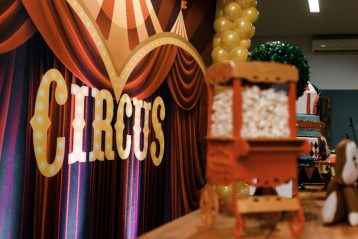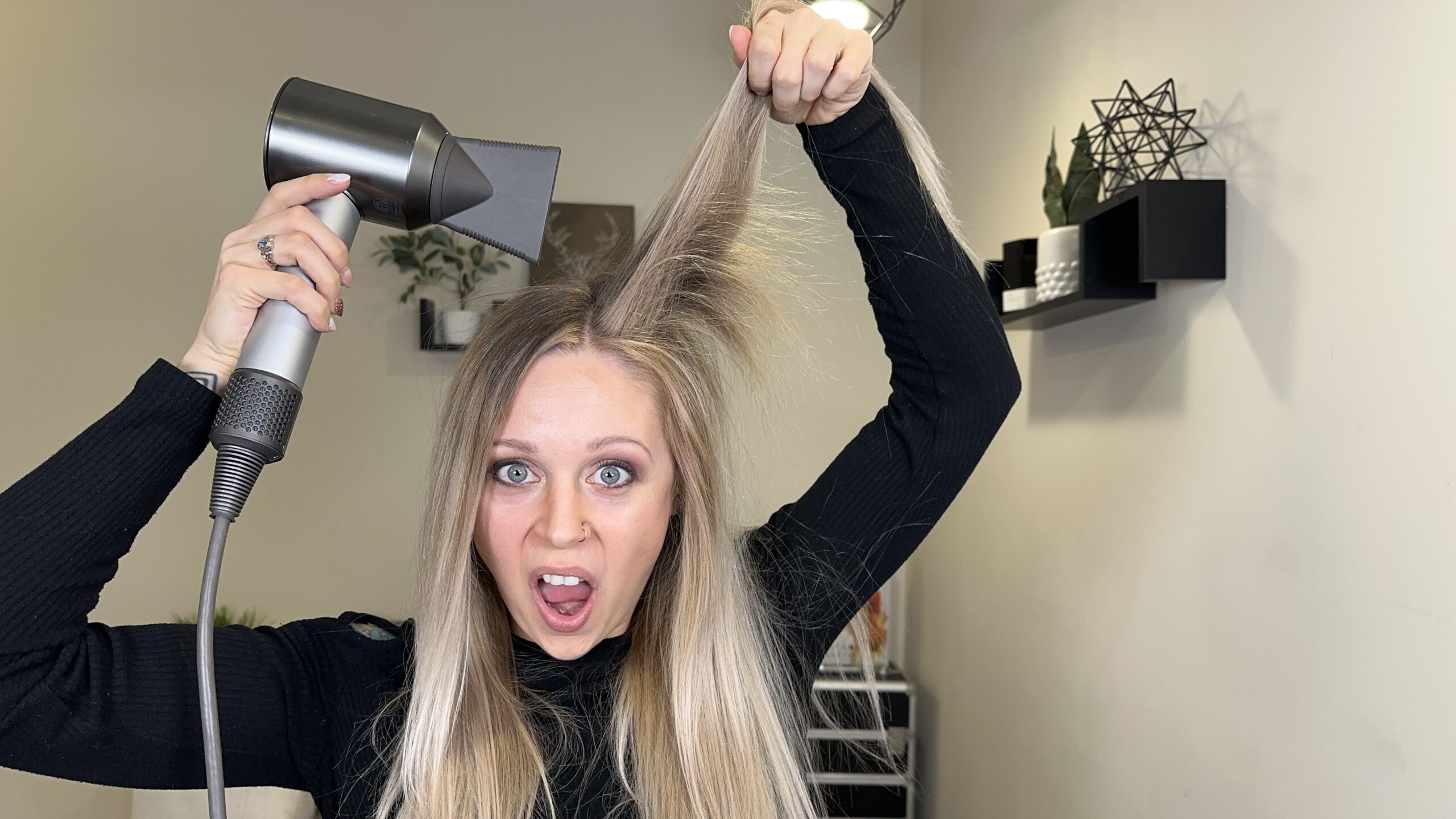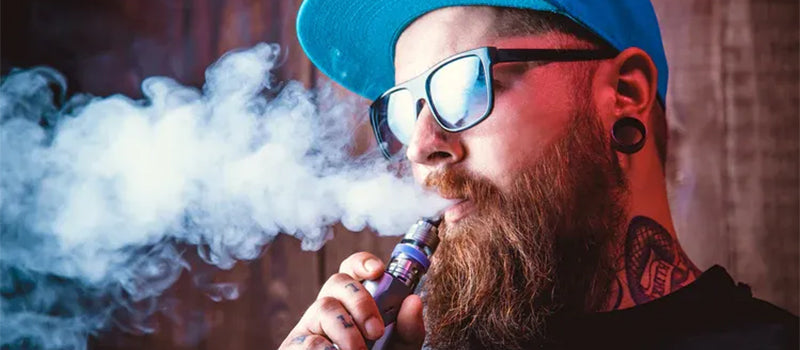
Visiting tourist attractions that present beautiful panoramas or recreational facilities have certainly become commonplace. Therefore, the local government of Surakarta, or Solo, carries the concept of village tourism to attract the attention of tourists. Check out the following Solo thematic village reviews.
1. Mojosongo Vegetable Village
Starting from an initiative to utilize land that is considered less productive, residents in Mojongso village are busy planting various vegetables and other useful plants in their area of residence. From here, the nickname Kampung Sayur then began to emerge. Every resident in Mojongso is now busy taking care of their vegetable crops and harvesting the produce. The village, which diligently participates in cleaning competitions, has also become one of the favorite places for tourists to visit.
2. Joho Mural Village Mural
As the name implies, Kampung Mural Joho presents a variety of beautiful pictures with walls as canvases. One of the first murals made here was inspired by Joko Widodo, who in 2009 was still the mayor of Solo.
Having received opposition from residents, the murals in Kampung Joho have now developed with various themes and forms. Even this location has now become one of the references for tourists who come to Surakarta.
3. Kauman Batik Village
Claimed to be the oldest batik center in Solo, Kampung Batik Kauman is home to more than 30 batik fabric industries. Not only can you buy souvenirs typical of Surakarta, but in this place visitors can also see firsthand the process of making it. Kauman Batik has three mainstay motifs, namely hand-drawn batik, stamped batik, and a combination of stamped and written. This unique area is located not far from Jalan Slamet Riyadi and Rajiman.
4. Laweyan Batik Village
Laweyan is the second oldest batik center in Solo after Kauman. Like the oldest one, in this 24-hectare area, almost all residents work as traders or batik craftsmen. This area has become an icon of traditional Indonesian fabrics since the Sarikat Dagang Islam was founded in 1912. In addition to the charm of batik, Laweyan also often attracts the attention of tourists with its unique architectural wealth. The buildings in this area are strongly influenced by Javanese, European, and Islamic styles.
5. Blangkon Village, Serengan
Potrojayan village in Serengan has long been known as a center for making blangkon. No wonder this area later got the nickname Kampung Blangkon. Once entering the Potrojayan area, visitors will immediately see many residents struggling with batik cloth which is the basic material for blangkon.
There are about 25 places for making blangkon in this area which is said to have been famous since the 1970s. Not only producing blangkon models of Solo and Yogyakarta, Kampung Blangkon also provides blangkon with typical Balinese, Betawi, Madurese, and other areas.
6. Permata Village, Jayengan
Not many know that Surakarta also has a gem-based creative industry center. The location is in Jayengan, south of Surakarta, and quite close to the Darussalam Mosque and the Serengan Village Office.
Kampung Permata was initially founded by the Banjar community, who came and settled in Surakarta in 1746. Almost all of them work as diamond traders until finally, people began to call Jayengan Kampung Permata.
7. Kepatihan Village
Kepatihan Village is a quite interesting tourist destination in Surakarta. This area has many historical buildings, although most of them have been converted. For example, the building owned by a tobacco merchant in Kepatihan, which has now become a SMP 13. In addition, there are Ndalem Nitisoewarno, the former kepatihan horse stable, and the Al Fatih Mosque, a gift from Sir Susuhunan Pakubuwono X for one of his wives.

After traveling to several tourist villages in Solo, you can now understand the uniqueness of the Solo city that is different from another city in Indonesia. Planning to visit Solo soon? Find out more about Solo and Indonesia by visiting Wonderful Indonesia.








